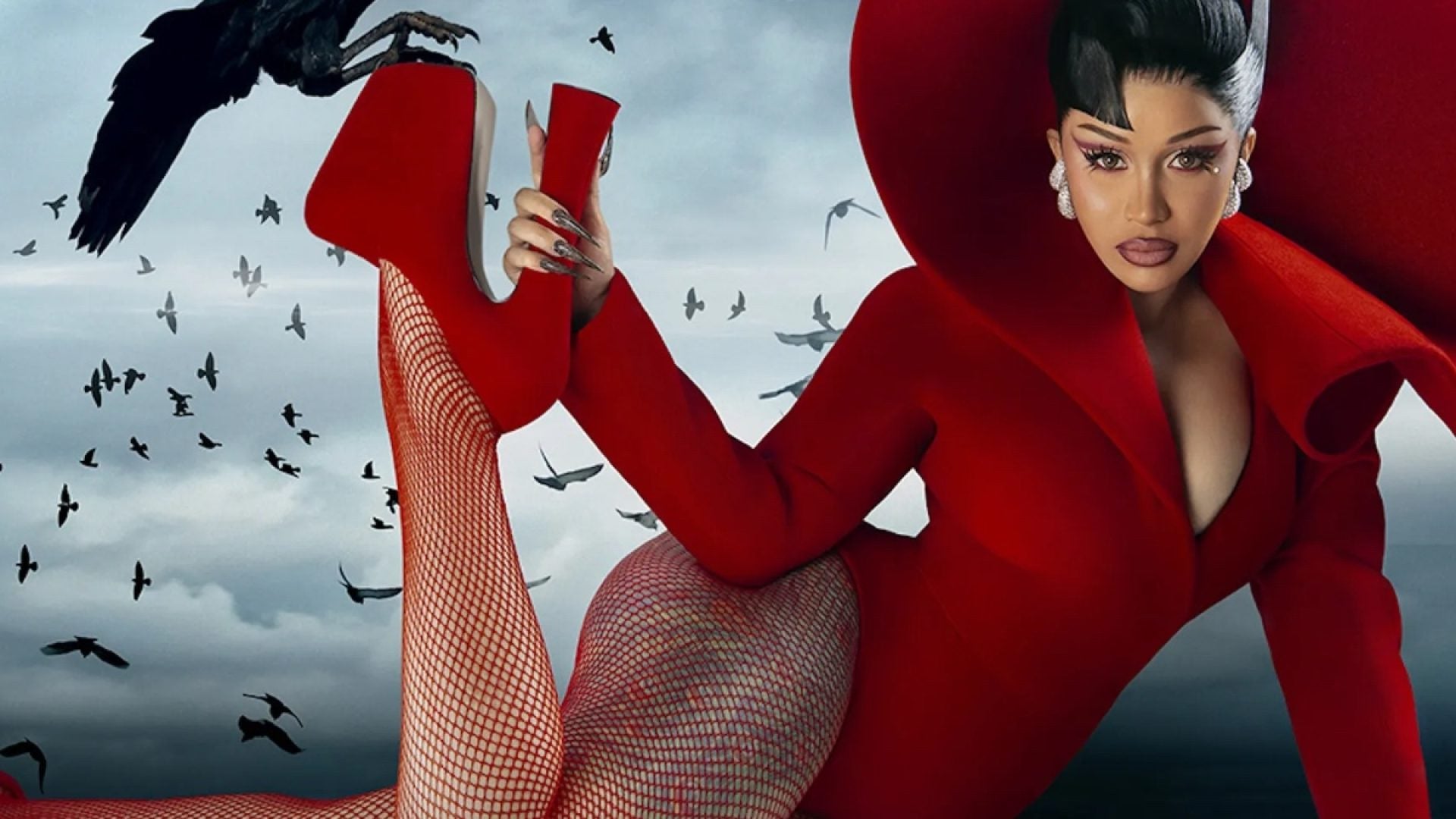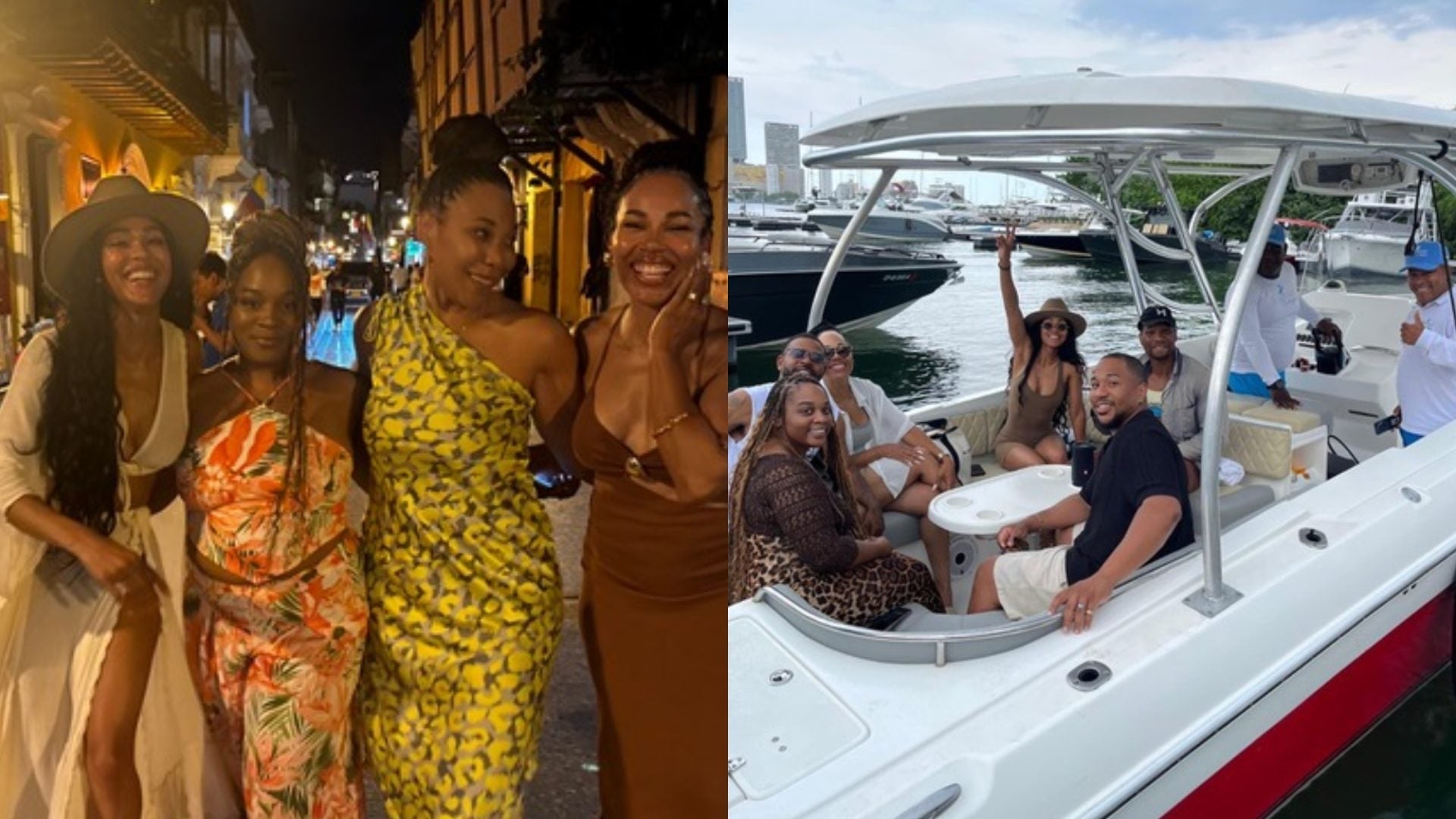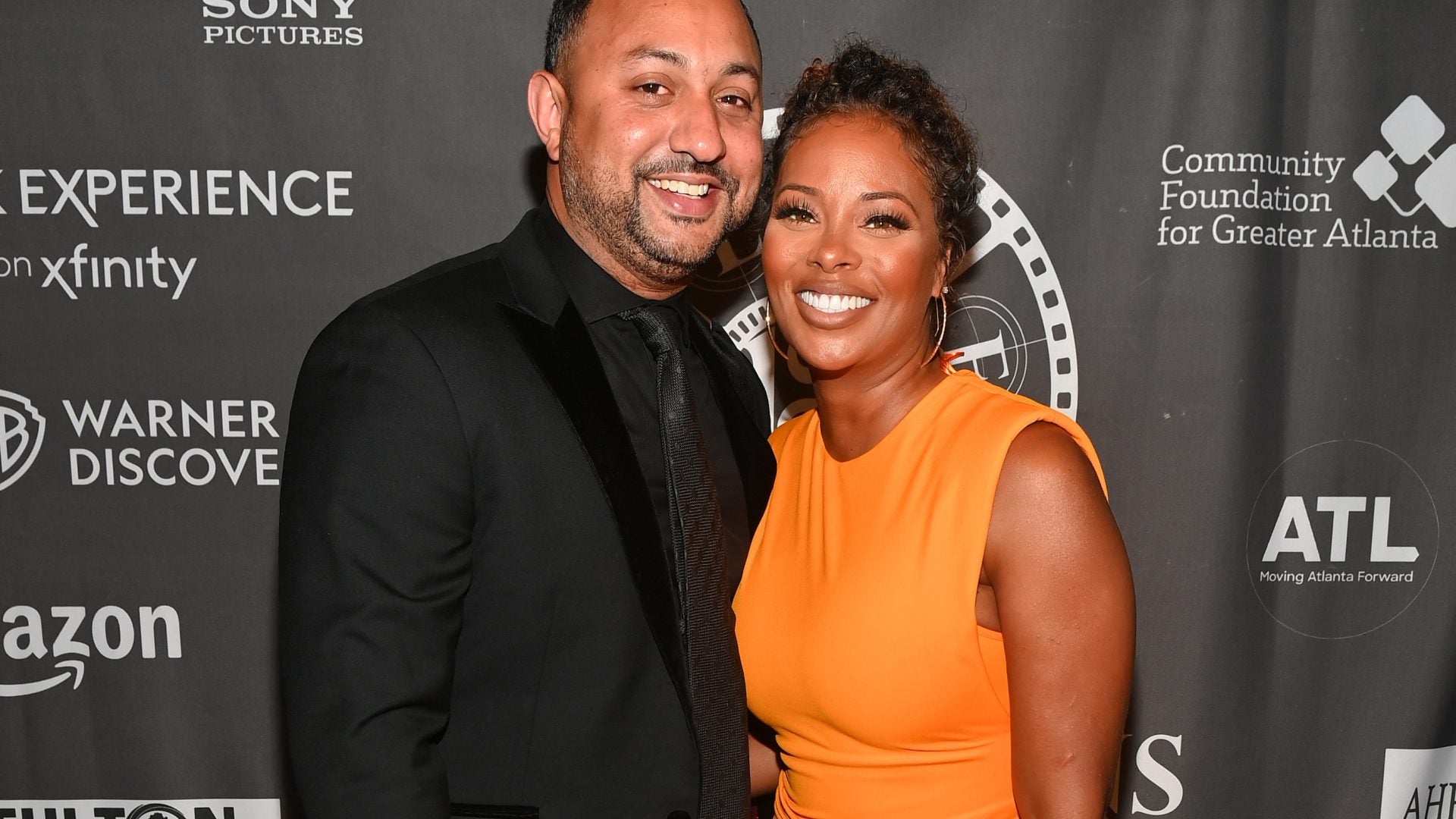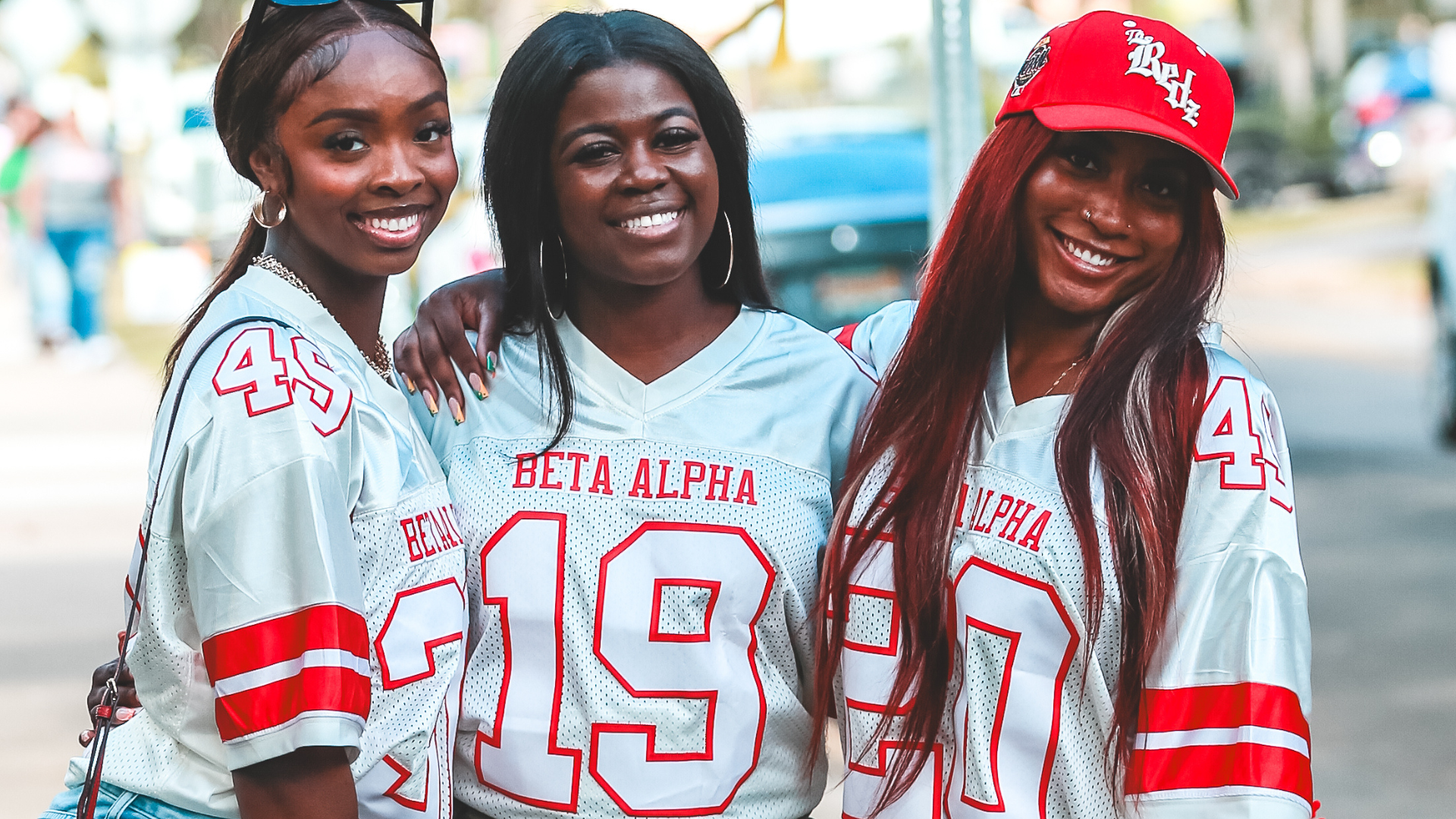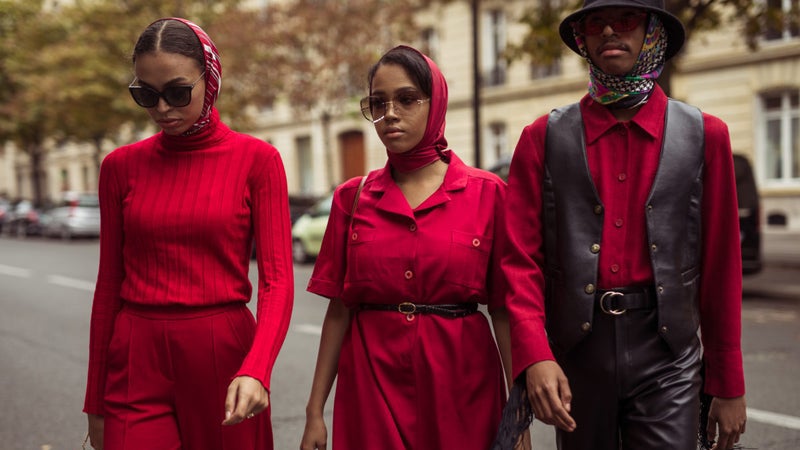
On June 26, Kanye West announced his 10-year partnership with the Gap Brand, set to debut next year. Upon the announcement, many pondered what had become of the Telfar and Gap collaboration that was advertised at the top of the year. According to an interview with TIME, designer Telfar Clemens entered into an agreement for two seasons. While the COVID-19 outbreak postponed production on the designs Clemens completed for Gap, it apparently halted communication from Gap after Telfar invoiced the company for design fees. After the Yeezy x Gap announcement, the Telfar team requested to be paid in full assuming the Telfar x Gap collection was canceled.
As the news circulated social media a conversation arose — why couldn’t two Black designers coexist — consequently launching Telfar products into a higher demand.
Unfortunately, tokenism is often on display in the fashion industry, allowing a limited amount of Black creatives to thrive at a time. Most of those decisions are dictated by white counterparts who are at the helm of the fashion industry, only allowing for the Kanye West’s and Virgil Abloh’s to exist in a larger capacity. In 2018, when Abloh was named the Creative Director of Louis Vuitton, he made history as the first African American to hold the title at the fashion house, a moment that felt like advancement and a win for the Black community. But even in 2020, “firsts” for Black people are still happening, further shining a light on the lack of representation rather than it being a celebratory moment.
According to “Underrepresented: The Lack of Black Designers Featured in Harper ’s Bazaar and Vogue” by Tameka N. Ellington, Ph.D., “Tokenism does not allow for other non-token Black designers to be recognized. Being the token designer breaks down barriers for his or her career, but it also allows the dominant population to believe that they have “filled their diversity quota.” An instance we have seen for many years, as a handful of Black creatives are regurgitated to perpetuate diversity and inclusion within the industry. Additionally, this construct has an impact on the way up and coming creatives learn to navigate the industry and how their experiences differ from their non-Black counterparts.
Celebrity stylist Todd White, known as LabelsnDollas, says he had to create his own formula to excel in the fashion industry. “Now I feel like it’s just a part of my brand, but I have good relationships with vintage dealers. I’ll mix it with a brand or designer that is supporting us right now or go custom,” he says about his formula used to style artists like Mulatto and Megan Thee Stallion. Both women are thriving rappers whose figures aren’t the ideal “sample size”, presenting a challenge for White to form relationships with brands and designers who often told him his clients didn’t have enough notoriety yet. Although he’s aware that many will only work with certain Black stylists regardless of the client’s fame.
T. Dionne, Creative Director and Designer of Dionne, feels the lack of representation and room for Black designers in the fashion industry leaves up and coming designers without mentors.“There’s always been a table rather than it being if you’re qualified for it then you have a chance. We really only expect for one of us to be the token, although we spend so much time guarding our culture and also seeking approval and validation. We all know who should be in higher places and even when they get that credibility it shouldn’t feel so rare,” she says. Rihanna’s partnership with LVMH for her luxury line Fenty, felt like one of those rare moments making her the first woman of color at the top of the LVMH maison and the first new house since Christian Lacroix in 1987.
Another pitfall of the fashion industry is that it takes a CFDA win or some other white-aligned accolade for Black creatives to be deemed worthy and to be respected. An occurrence that is evident in Kerby Jean-Raymond’s career as he was initially blackballed due to his commitment to telling Black stories and highlighting race and social justice issues with his collections.
Celebrity designer, creator of Grayscale and author Khala Whitney says white people are not comfortable with representation at the table. Additionally she shares the woes of the demand, much like Telfar, Black brands and designers are not extended the same grace as white-owned businesses. “We aren’t afforded the same opportunities and advice when it comes to building a brand, a lot of white people may have someone in their family that has already done it or a friend. So they have a blueprint. But a lot of people where I’m from don’t have that,” she says. Whitney and Dionne share in these sentiments, recounting the harsh messages they receive from customers about restocks and processing times and the patience allotted for people like them who have experienced rapid take-offs.
Fashion Consultant and Archivist Antoine Gregory tweeted out in defense of Black designers in relation to the demand for Telfar bags, “Black owned brands are not allowed the same prestige. They’re not allowed to have customers wait. They’re not allowed to release stuff when they can actually produce it.”
The combination of tokenism, lack of representation in high-ranking positions and the minute extension of grace all contribute to the narrative of the fashion industry that continues to make very little room for Black creatives, even those who have shown they deserve it.
